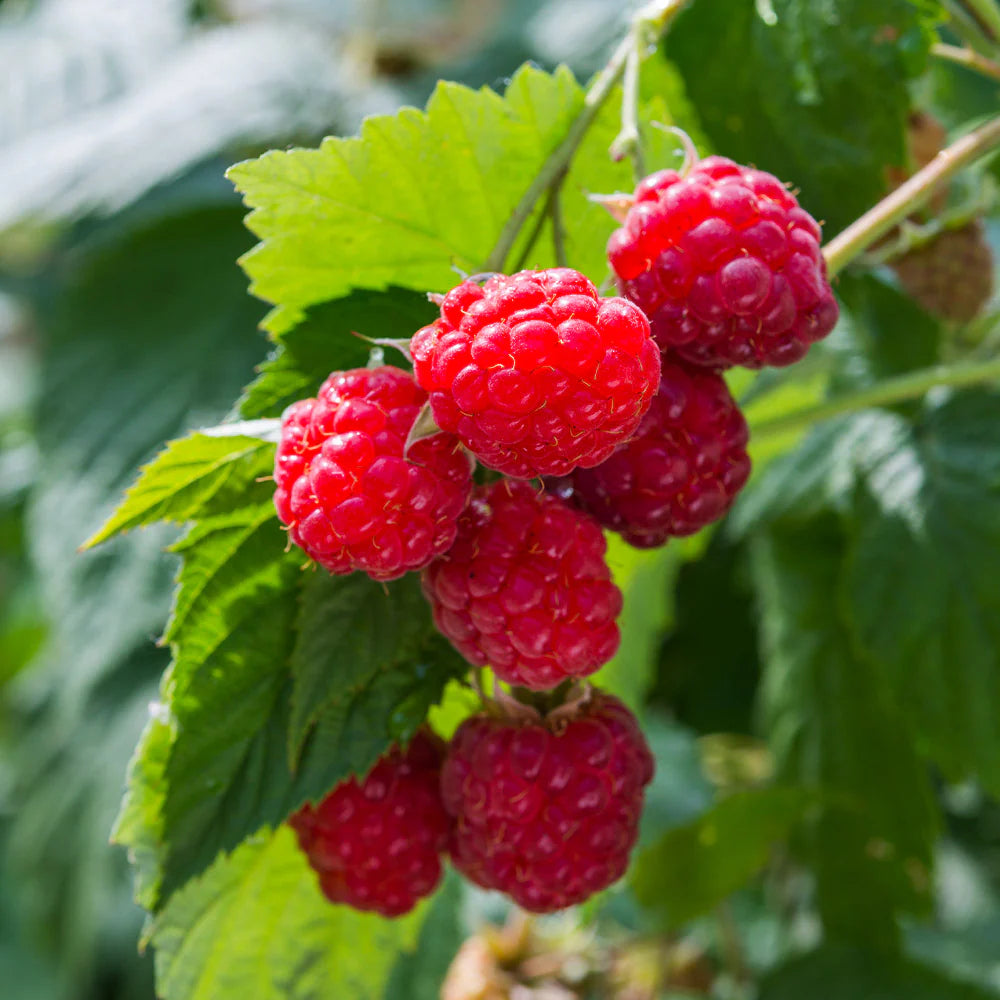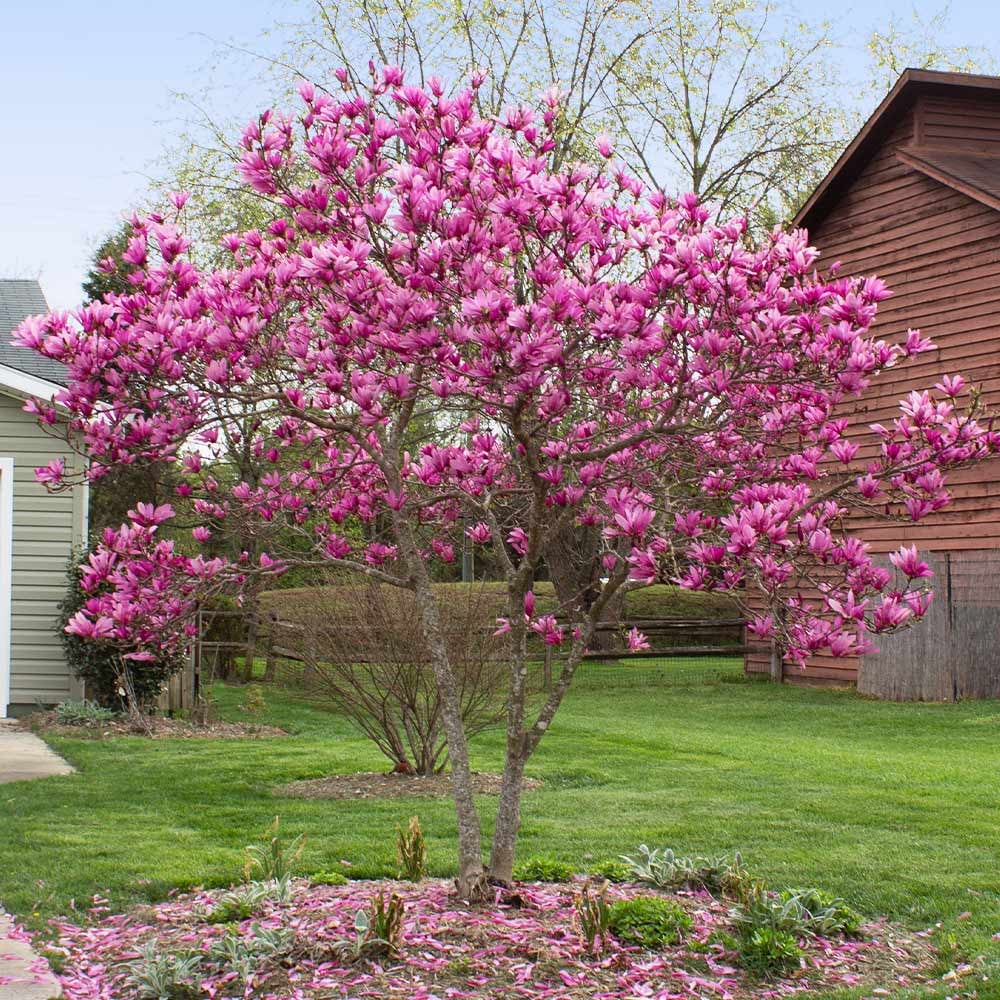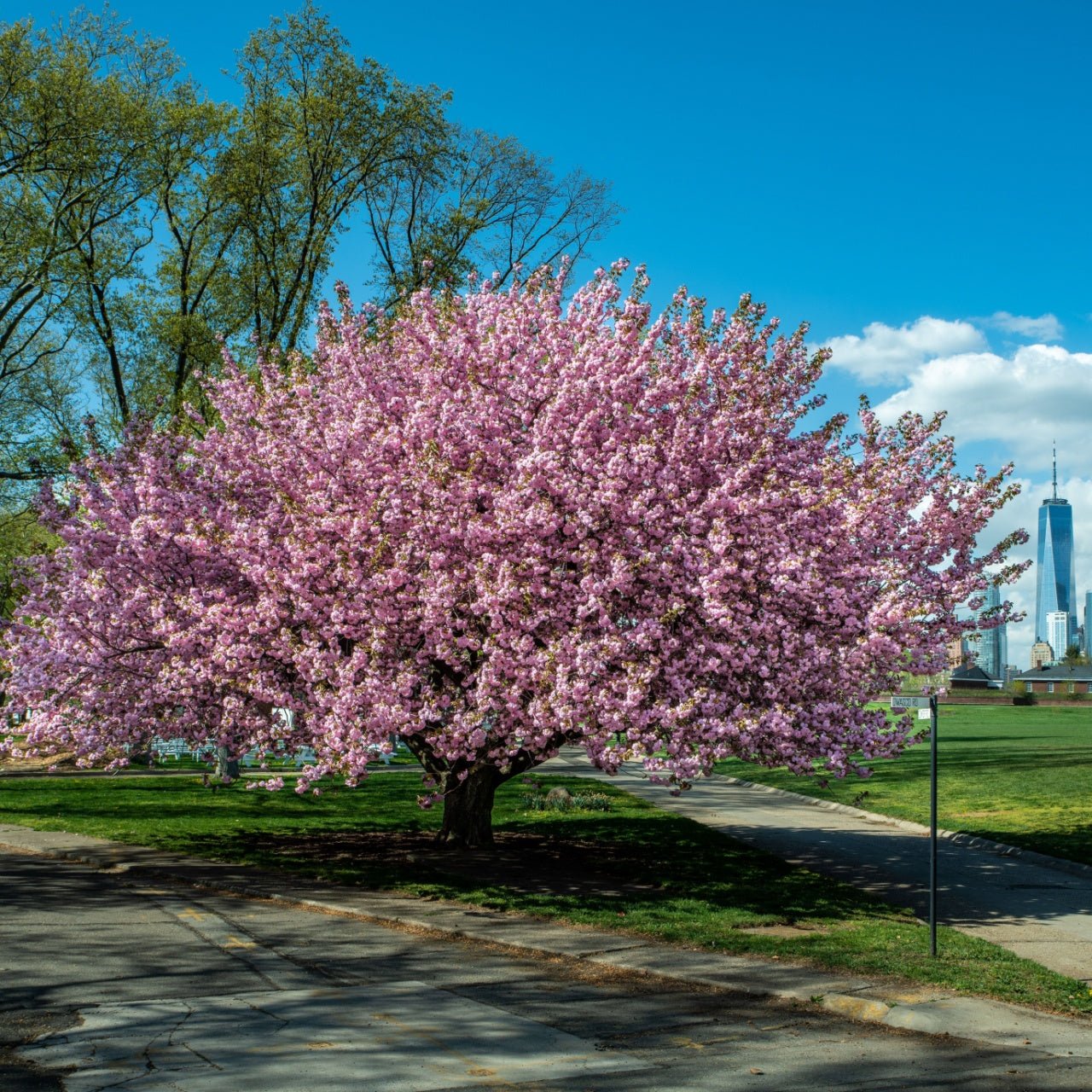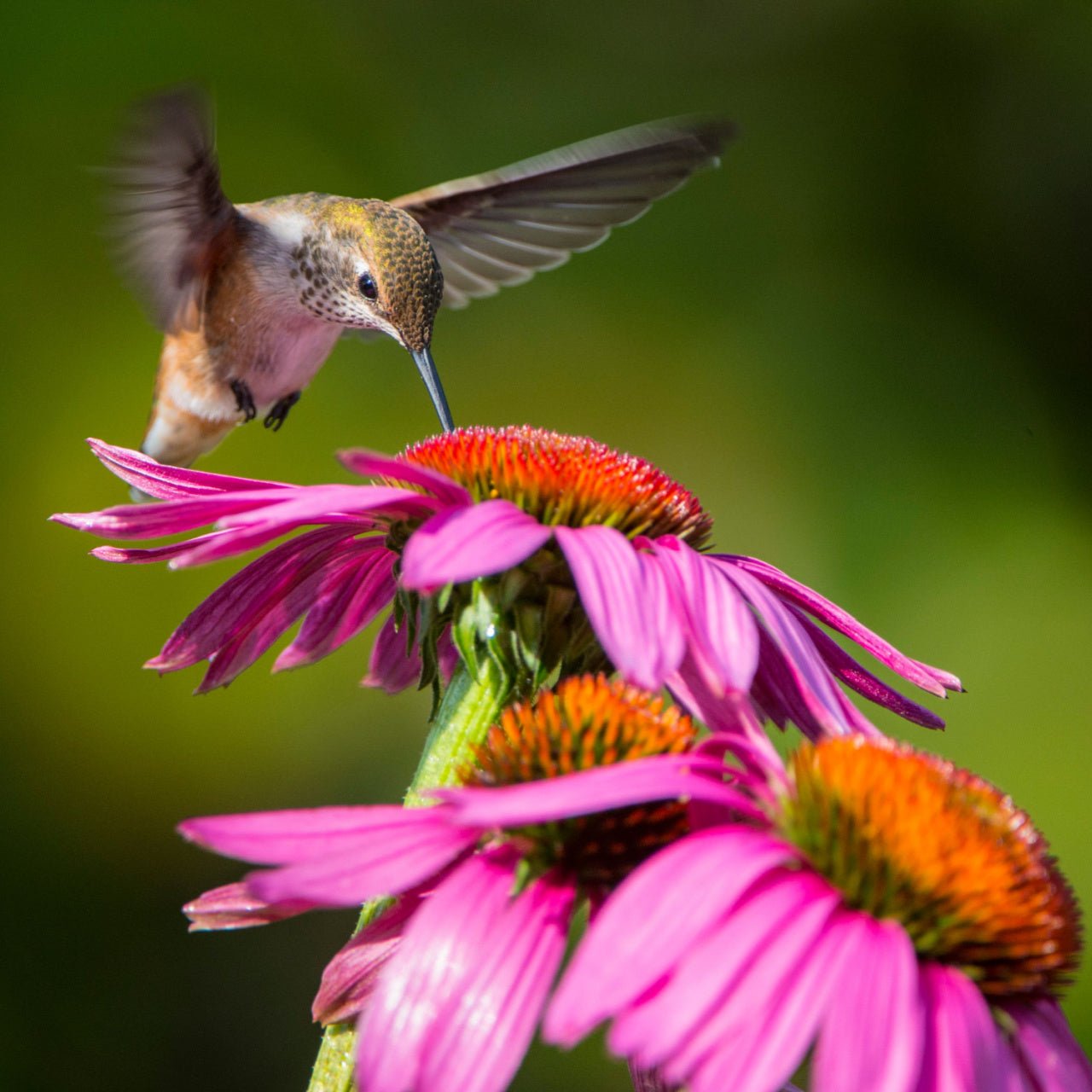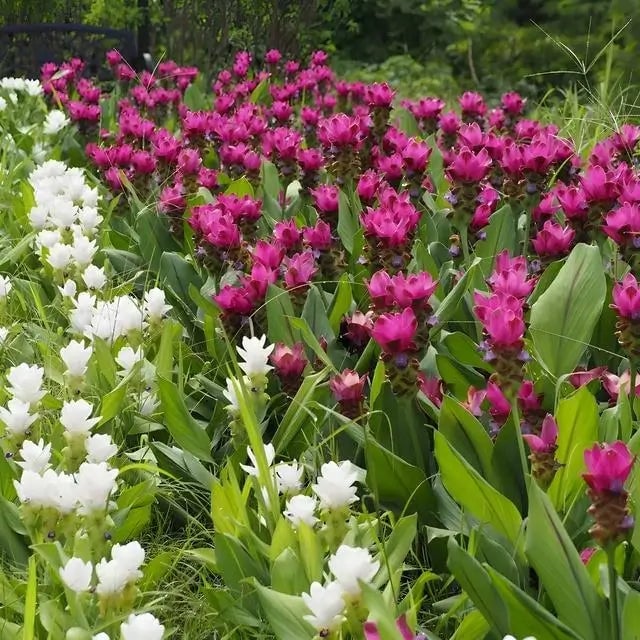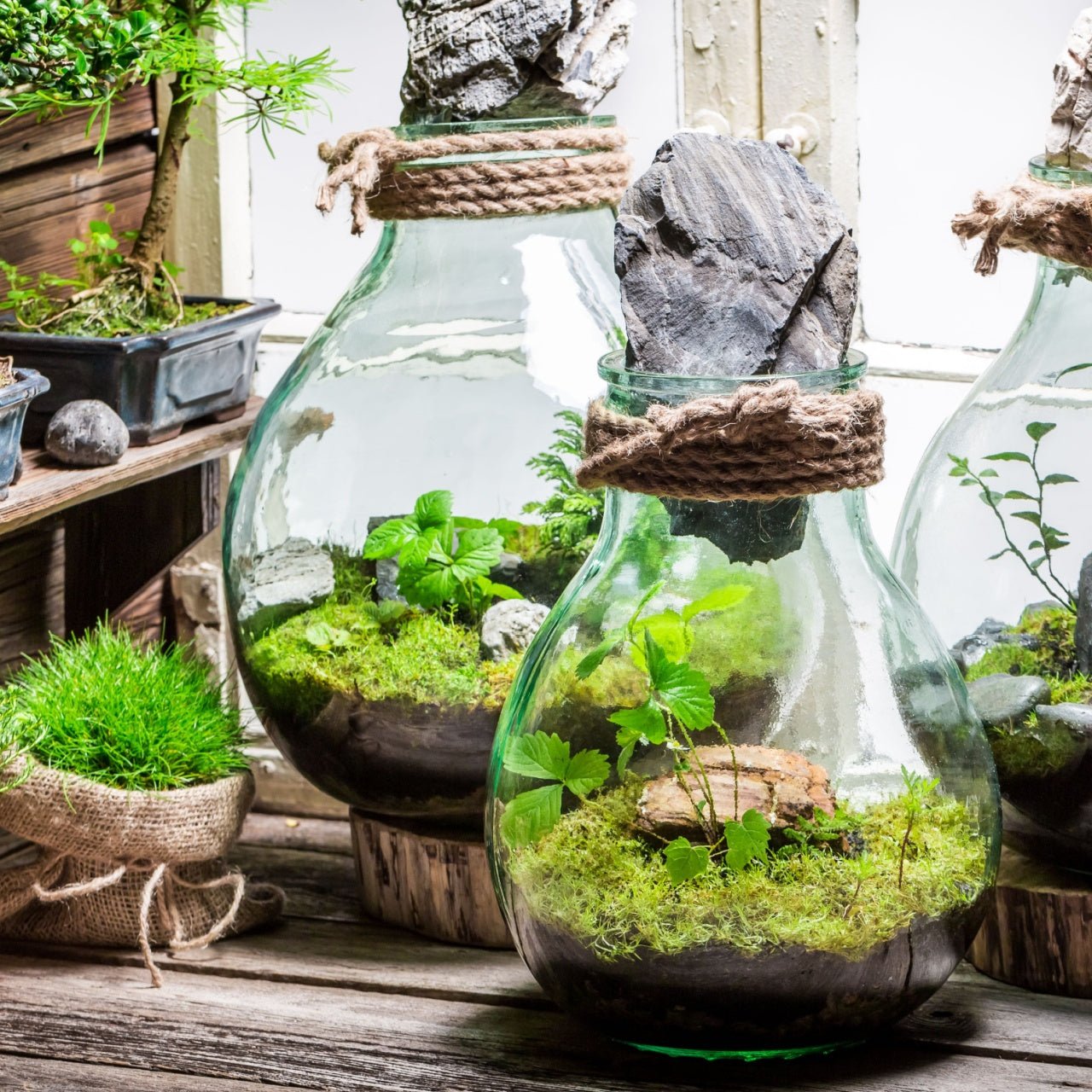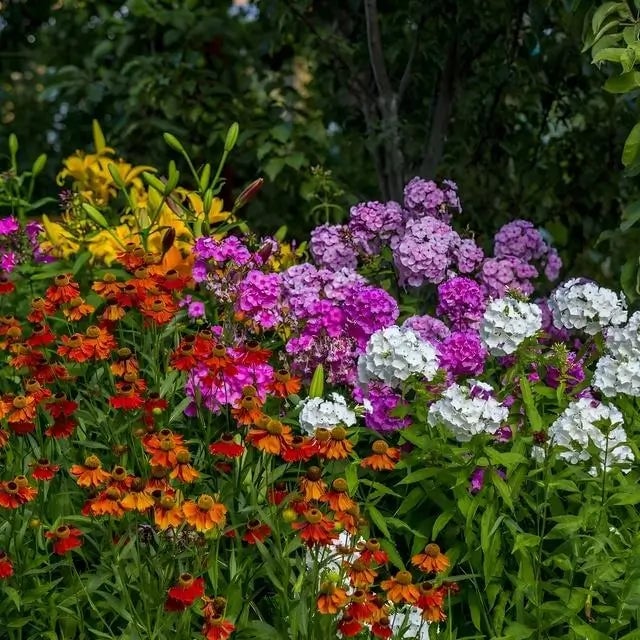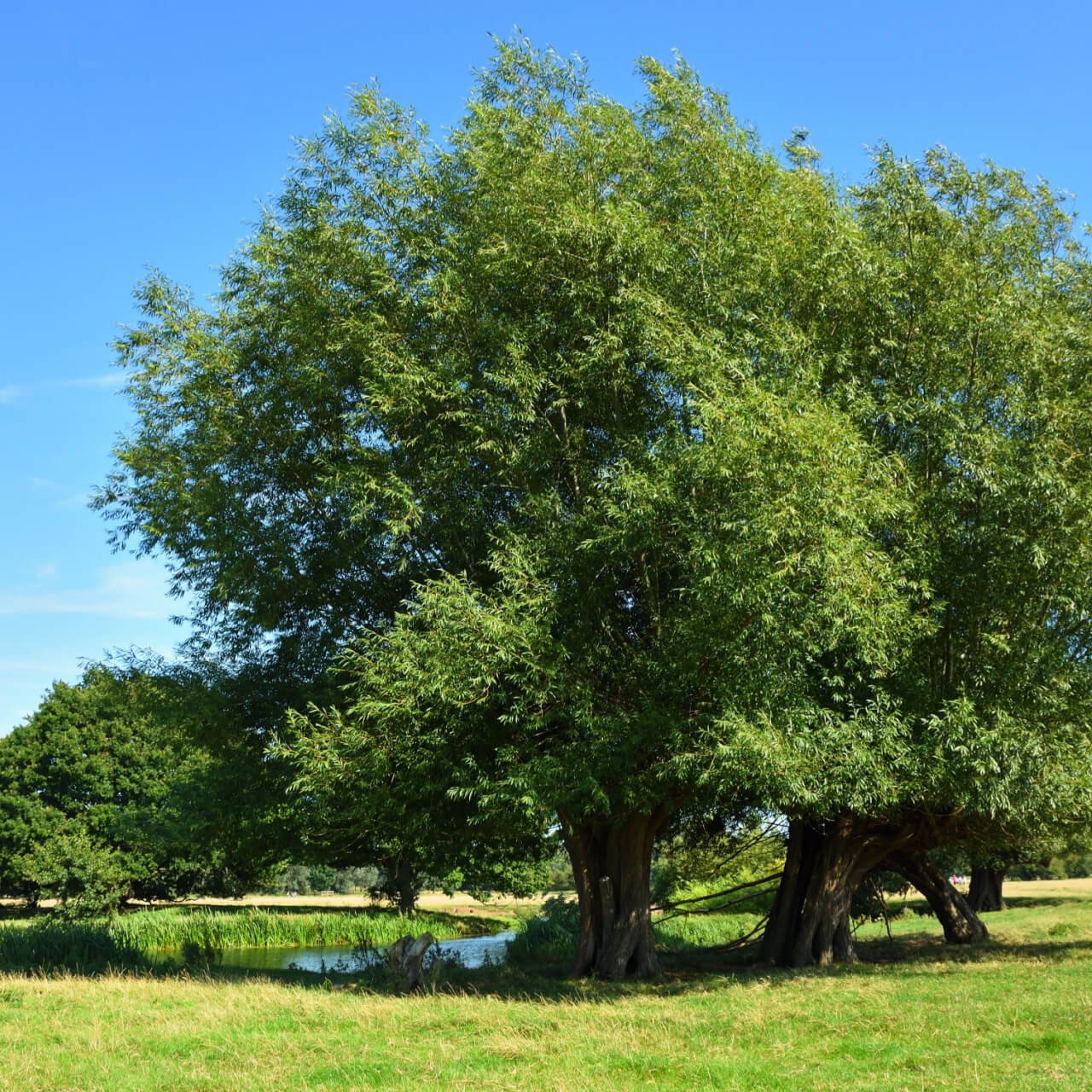

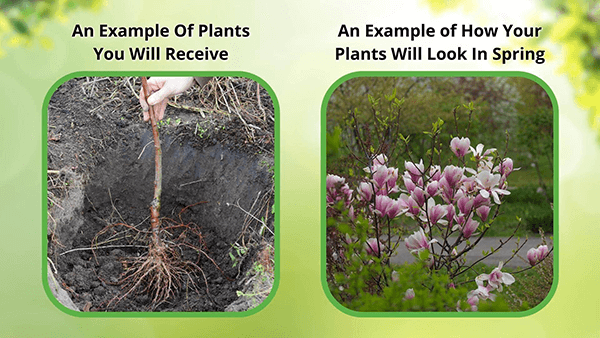
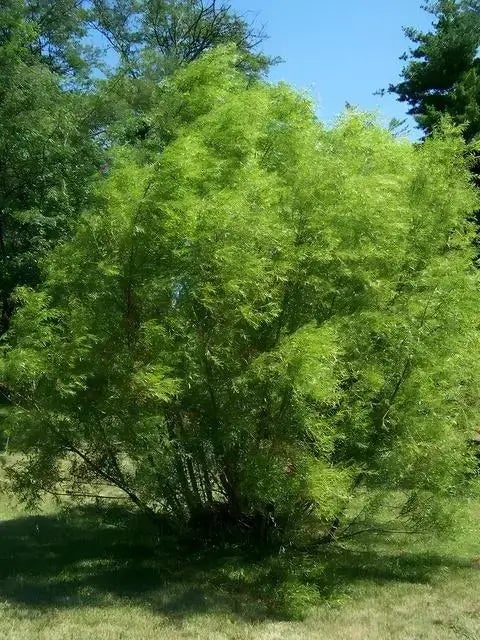

Black Willow
Thrives in Zones 2 - 8
Attracts pollinators
Improves soil stabilization
Enhances wildlife habitat
Ships in
November 2025Black Willow - Salix nigra
The Black Willow (Salix nigra) is a deciduous tree native to the eastern and southern regions of the United States.
Plant Details - Black Willow
Family: Salicaceae
Light Requirement: Full Sun
Water Needs: Moist
Height: 30 - 70 ft.
Spread: 30 – 40 ft.
Growth Rate: Fast
Bloom Time: Winter
Flower Color: Green
Wildlife Value: Attracts bees, butterflies, birds
Landscape Uses and Maintenance - Black Willow
Black Willow is a fast growing, large and multitrunked deciduous tree that will provide great value to your garden or landscape.
This tree has long and slender dark green leaves. Its catkins are not showy and are yellow and green in color. This tree is known for its dark gray bark.
Plant this tree as an ornamental accent or focal point in your yard. You can use this tree to provide some erosion control and soil stability. Ideal for planting near a river or pond.
This tree can be planted in a location with full sun or partial shade.
Wet feet concerns? This tree should be planted in a location that is very moist to wet. If you plant this tree in a drier location, you will need to water it deeply and often to ensure moist levels of water in the soil.
This tree is ideal for planting in low areas that often pool with water, so you can create a rain garden centered around this tree. Water this tree often until it is well established in its new location.
This is a low maintenance tree that is sure to please any gardener. It can be planted in a location with varying soil textures, including clay, sand, or loam. You should avoid planting this tree in compacted soils.
Prune this tree when you notice damaged or decaying branches as this tree ages. The best time to prune this tree is during late winter.
This tree is attractive to birds, bees, and butterflies.
Noteworthy Characteristics
Black Willow will attract butterflies to your garden. This tree is a host plant for butterfly species including the Mourning Cloak, Tiger Swallowtail, and many Viceroy butterflies.
This Is How Your Plants Will Look upon Delivery

Height at Maturity
Over 25 Feet
Care
Water Black Willow regularly, especially during dry periods, to maintain moist soil. Plant in well-drained, sandy, or loamy soil and ensure proper drainage to prevent root rot. Prune annually in late winter to encourage healthy growth and shape.
Plant Reproduction
Black Willow spreads by seeds, root suckers, and vegetative growth
How to Grow and Care for Bare Root Trees
Bare root trees are shipped dormant without soil, making them lightweight, cost-effective, and easy to plant during the cool months of early spring or fall. To begin, soak the roots in a bucket of water for 4–6 hours before planting to rehydrate them. Choose a sunny location with well-draining soil and ample space for the tree’s mature size.
Dig a hole twice as wide as the spread of the roots and deep enough to keep the root flare (where the roots begin to spread from the trunk) at or slightly above ground level. Create a small mound of soil in the center of the hole, spread the roots evenly over it, backfill with native soil, and gently tamp down to remove air pockets. Water thoroughly after planting.
Keep the soil consistently moist (not soggy) during the first growing season, and apply mulch around the base—avoiding direct contact with the trunk—to conserve moisture and suppress weeds. Stake the tree if necessary, and prune only to remove dead or damaged branches. With proper care, your bare root tree will establish quickly and grow strong for years to come.
Shipping date depends on the date displayed and chosen when you order from the product's page.
We do not accept returned plants. If you purchased an extended warranty we do accept claims, please navigate to the warranty page for instructions HERE







Generous Shade:
As it matures, the Black Willow Tree provides ample shade, making it perfect for creating cool, relaxing outdoor spaces. It’s ideal for gardens where shade is desired for both comfort and aesthetic appeal.
Effective Erosion Control:
The Black Willow's extensive root system stabilizes soil and prevents erosion, particularly along water bodies and slopes. It’s an excellent choice for managing soil stability in challenging areas.
Rapid Growth:
This tree establishes quickly, providing fast results and immediate visual impact. Its vigorous growth makes it a great choice for those looking to enhance their garden with minimal waiting time.
Natural Air Purifier:
The dense foliage of the Black Willow Tree helps improve air quality by absorbing pollutants and releasing fresh oxygen, contributing to a healthier environment.
Header
Use this content to share information about your store and products.
Frequently asked questions
Still have a question? Contact us here.
Yes, we ship all over the world. Shipping costs will apply, and will be added at checkout. We run discounts and promotions all year, so stay tuned for exclusive deals.
It depends on where you are. Orders processed here will take 5-7 business days to arrive. Overseas deliveries can take anywhere from 7-16 days. Delivery details will be provided in your confirmation email.
You can contact us through our contact page! We will be happy to assist you.








